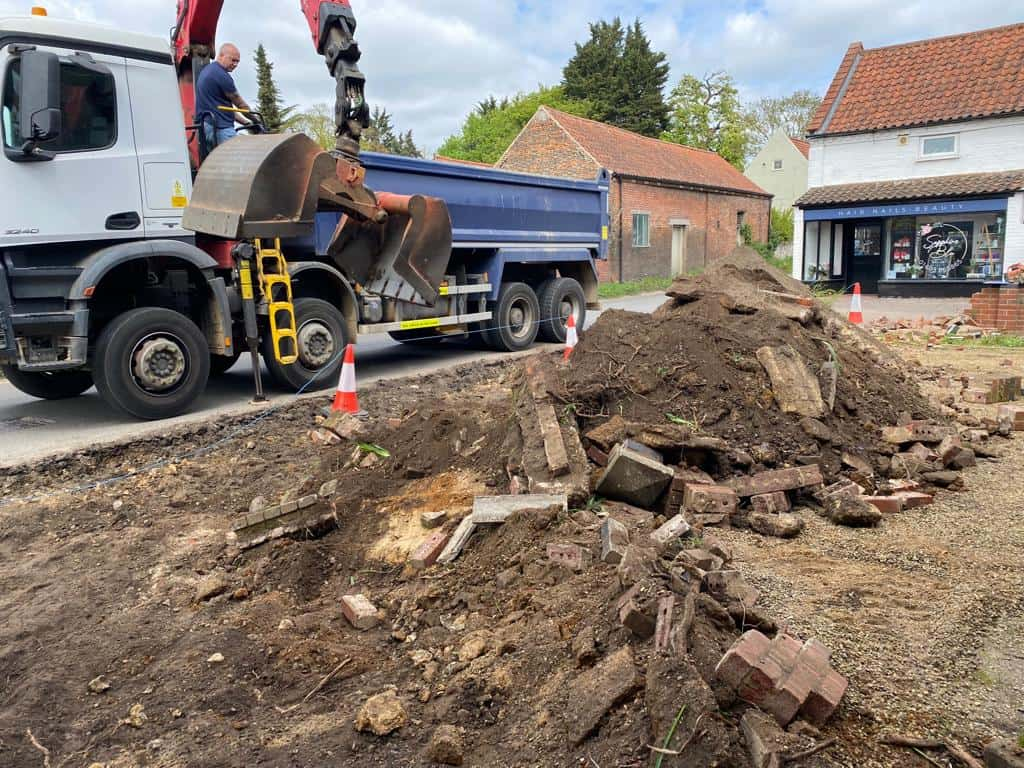Incorporating Tarmac in Sustainable Housing Developments
Introduction: As the demand for sustainable housing developments grows, the choice of materials used in construction and landscaping becomes increasingly crucial. One material that stands out for its versatility, durability, and environmental benefits is tarmac. At Finedon Driveways & Patios, tarmac can significantly create eco-friendly and aesthetically pleasing residential areas. This blog post will explore the benefits of incorporating tarmac in sustainable housing developments and how it contributes to a greener future.
1. Durability and Longevity
One of the primary reasons tarmac is an excellent choice for sustainable housing developments is its durability and longevity. Tarmac surfaces can withstand heavy traffic, adverse weather conditions, and wear and tear. This longevity means that tarmac driveways, paths, and roads require less frequent replacement and maintenance, reducing additional materials and energy consumption once installed. This durability is cost-effective and environmentally friendly, as it minimises the carbon footprint associated with repairs and replacements.
2. Recyclability and Resource Efficiency
Tarmac is highly recyclable, making it an eco-friendly option for sustainable housing developments. When old tarmac surfaces are removed, they can be crushed and reused in new projects, reducing the need for virgin materials. This recycling process conserves natural resources and reduces waste sent to landfills. By incorporating recycled tarmac in construction, developers can contribute to a circular economy where materials are continually reused and repurposed, leading to a more sustainable and resource-efficient future.
3. Permeability and Water Management
Proper water management is essential in sustainable housing developments to prevent flooding and maintain healthy ecosystems. Permeable tarmac, also known as porous asphalt, allows water to drain through the surface and into the ground, reducing runoff and promoting natural water filtration. This permeability helps replenish groundwater supplies and reduces the strain on stormwater systems. By using permeable tarmac in driveways, paths, and parking areas, developers can create sustainable solutions for managing water on-site, enhancing the overall environmental performance of the housing development.
4. Energy Efficiency
Tarmac production and installation are relatively energy-efficient compared to other paving materials. It can be produced at lower temperatures, reducing energy consumption and greenhouse gas emissions during the manufacturing process. Additionally, the smooth surface of the tarmac reduces vehicle rolling resistance, leading to improved fuel efficiency and lower emissions. By choosing tarmac for roads and driveways in sustainable housing developments, developers can contribute to reducing the overall energy footprint of the project.
5. Cost-Effectiveness
Sustainability often goes hand in hand with cost-effectiveness, and tarmac excels in both areas. The initial cost of installing tarmac is typically lower than that of other paving materials, such as concrete or paving stones. Additionally, its durability reduces long-term maintenance costs, making it a financially sound choice for developers and homeowners alike. Investing in tarmac allows sustainable housing developments to achieve high-quality, eco-friendly surfaces without compromising on budget constraints.
6. Aesthetic Appeal
While sustainability is a priority, aesthetic appeal should be noticed in housing developments. Tarmac offers a sleek and modern appearance that can enhance the overall look of residential areas. It can be customised with different colours and finishes to suit the development’s design preferences, ensuring that sustainability and visual appeal go hand in hand. Whether used for driveways, paths, or communal areas, tarmac can create a cohesive and attractive environment that residents will appreciate.
Conclusion: Incorporating tarmac in sustainable housing developments offers numerous benefits, from durability and recyclability to water management and energy efficiency. By selecting tarmac for your sustainable housing project, you can create a resilient, eco-friendly, and visually pleasing environment that meets the needs of both current and future residents.
Call us on: 01933 823 204
Click here to find out more about Finedon Driveways & Patios
Click here to complete our contact form and see how we can help you with your driveway needs.

